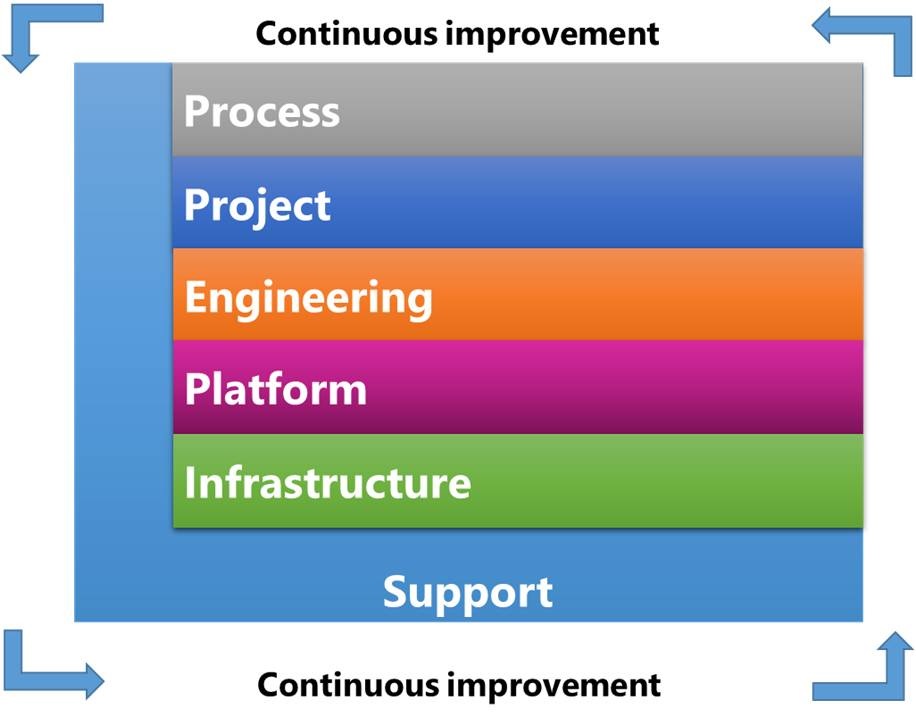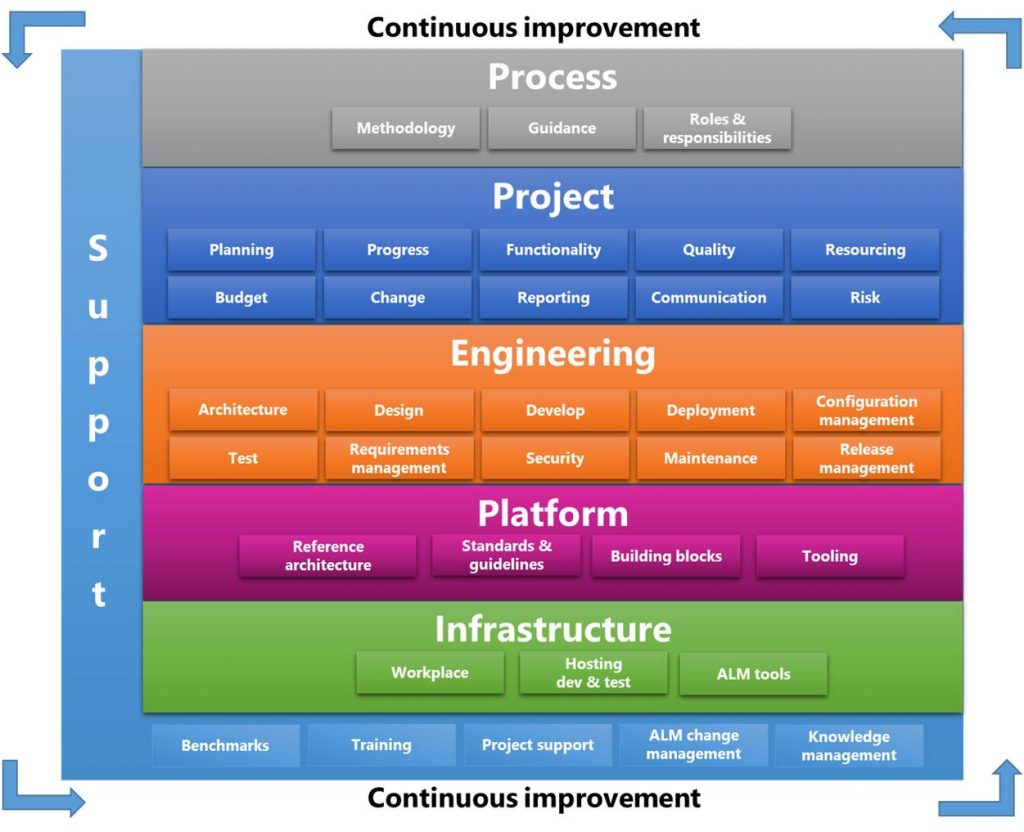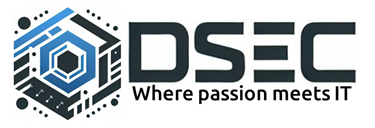This section provides a high-level summary of the software assembly line reference model, which is aimed at IT solution architects.
Model Structure
The reference model organizes software development into layers, each supporting specific activities and focus areas. The model’s structure is illustrated in Figure 1.

Layer Descriptions
- Process Layer
Provides methods, templates, and descriptions that development teams can leverage for project execution. - Project Layer
Focuses on the management of software projects, covering planning, budgeting, monitoring, and governance for both development projects and maintenance teams. - Engineering Layer
Encompasses core software development and maintenance activities, which may occur within either project-based or continuous operational settings. It includes end-to-end development activities, from requirements gathering to application management. - Platform Layer
Offers standards and guidelines for the technology platforms shared across projects, including solution and software reference architectures. - Infrastructure Layer
Provides foundational services, such as development workstations, ALM (Application Lifecycle Management) tools, and DTAP (Development, Testing, Acceptance, Production) environments. - Support Layer
Encompasses activities that facilitate software development and maintenance, including onboarding, training, and custom ALM tool setup. It also manages the lifecycle of the assembly line itself, adapting to changes in business needs and technology advancements.
Model Scope
This model specifically addresses the software development environment. It does not cover organizational aspects like enterprise architecture or portfolio management.
Detailed Overview of Layers and Focus Areas

The following sections provide an expanded look at each layer and its specific focus areas, as depicted in Figure 2.
- Process Layer: Includes Methodology, Guidance, and Roles & Responsibilities.
- Project Layer: Encompasses Planning, Progress, Quality, Budget, Change, and Risk Management.
- Engineering Layer: Details Architecture, Security, Requirements Management, Development, Testing, Release, and Maintenance.
- Platform Layer: Covers Reference Architecture, Standards, Building Blocks, and Tooling.
- Infrastructure Layer: Divides into Workplace, Hosting, and ALM Tools.
- Support Layer: Focuses on Benchmarks, Training, Project Support, ALM Change Management, and Knowledge Management.
Each layer and focus area is designed to work together, supporting comprehensive and efficient software development and delivery within the organization.
The purpose of this section is to provide a more detailed overview of the software assembly line reference model. A graphical representation of the model’s detailed overview is provided by Figure 2. This representation shows the overview of constituents of each of layer of the reference model and builds upon the global overview provided in Figure 1.
Process
In the process layer, which is about the methods which can be used by software development projects, there is a distinction between Methodology, Guidance and Roles & Responsibilities.
Project
In the project layer, which is about managing software development projects and software maintenance, the model acknowledges the aspect areas Planning, Progress, Functionality, Quality, Resourcing, Budget, Change, Reporting, Communication and Risk.
Engineering
In the engineering layer which focuses on software development, the model distinguishes Architecture, Security, Requirement Management, Design, Development, Test, Configuration Management, Release Management, Deployment and Maintenance.
Platform
In the platform layer the constituents are Reference Architecture, Standards & Guidelines, Building Blocks and Tooling. These aspects areas combined provide the standards and guidelines for the technology platform used to develop, deploy and run the software.
Infrastructure
In the infrastructure layer the model distinguishes Workplace, Hosting and ALM Tools. All three are required to enable a software development team to build software.
Support
In the support layer, which addresses supporting activities and facilities the model makes a distinction between Benchmarks, Training, Project Support, ALM Change Management and Knowledge Management.
